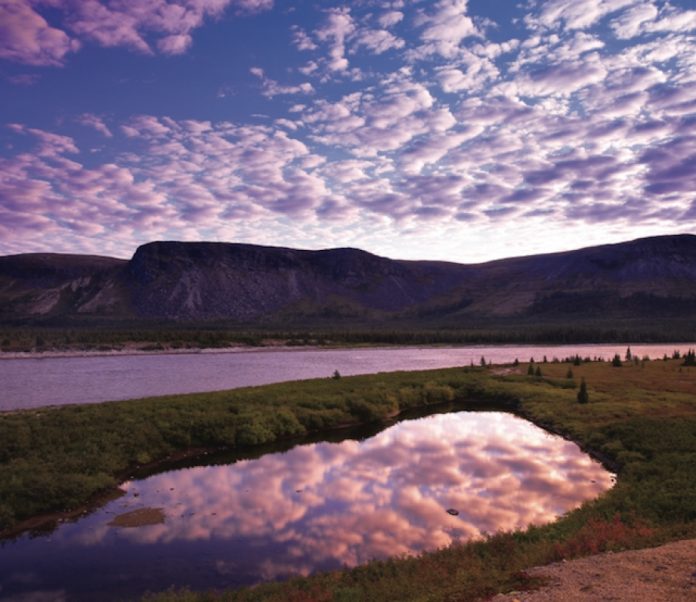“Can you roll?”
As little as it has to do with the real reasons for paddling, sometimes it seems that your acceptance into the ranks of skilled sea kayakers depends on answering yes to this one question.
If countless winter pool clinics and the ubiquitous symposium and après-paddling rolling demonstrations are any indication, today’s sea kayakers are crazy about learning to roll. We want to learn as many ways as possible—with a bowling ball, brick or broken arm—and ob- sess over endless permutations of the “what if I flip?” question. And once we figure it out, we want to show off to anyone who will watch.
Inasmuch as rolling seems to have become the holy grail of sea kayaking, it never used to be the case. Tipping over was a matter of life or death for the first kayakers, so most aborigi- nal kayaks were designed to remain upright. Certain Greenland kayaks may have been used for recreational rolling, but their more practical, higher-volume hunting kayaks were not.
Still, it can be presumed that kayaks have been rolled and righted by any means possible for as long as people have paddled the sea in search of food. Rolling was first documented by arctic missionaries in 1765.
The first European to roll was Austria’s Edi Pawlata—father of the extended paddle roll that so many beginners have learned to hate. That was in 1927.
In 1930, British explorer Gino Watkins was taught to roll by the Inuit. While Watkins was the first European to learn Greenland-style rolling, he was also the first to blow a roll in real-life conditions. After leading an expedition to Greenland, Watkins disappeared while paddling alone off its icy coast.
TRUE MASTERS OF THE ROLL
It is recreational whitewater kayakers—not Inuit skinny-bladers—who are arguably the true masters of the roll. In whitewater, rolling is a requisite skill. Flip over in a rapid and you have two choices: Roll and be done with it, or swim and suffer whatever consequences await. Probably because rolling is an everyday occurrence, you don’t often see a bunch of whitewater boaters demonstrating countless ways to roll in an eddy at day’s end.
But for sea kayakers, the reason for the roll is less cut and dried. Having to roll in real life touring conditions is rare. Sea kayaking is more about understanding and respecting the sea, says John Dowd, a paddling sage from Cana- da’s West Coast who wonders if learning to roll does kayakers more harm than good.
According to Dowd, being able to roll is a “distraction” that opens a Pandora’s Box of other problems—including poor seamanship and decision making, among others—and those who insist that rolling is an essential skill make sea kayaking inaccessible to reams of would-be paddlers.
“I’ve never in my life had to roll at sea because of a misadventure,” says Dowd, who’s been paddling for some 45 years. “If you have to roll while touring, it’s because you made a massive error of judgment.”
Yet in the end, there’s a stronger case for learning the roll than for depriving yourself of the skill. According to Doug Alderson, the chairman of Paddle Canada’s sea kayak program development committee, it’s not possible to be a “good” sea kayaker without a roll.
“The first quarter of a roll is tipping over, the second and third quarters are about hold- ing your breath and having some patience, and the final quarter is a high brace. All competent paddlers must have a good high brace.”
Alderson argues that rolling is a necessary skill for those who want to venture offshore and along exposed coastlines. It’s also a means of better boat control and confidence. “If you don’t want to learn to roll, buy a 36-inch-wide folding kayak with sponsons,” he says.
Being able to roll may one day save your life. Even John Dowd concedes, “How can you argue against having the skill?”
 This article first appeared in the Early Summer 2007 issue of Adventure Kayak Magazine. For more great content, subscribe to Adventure Kayak’s print and digital editions here.
This article first appeared in the Early Summer 2007 issue of Adventure Kayak Magazine. For more great content, subscribe to Adventure Kayak’s print and digital editions here.



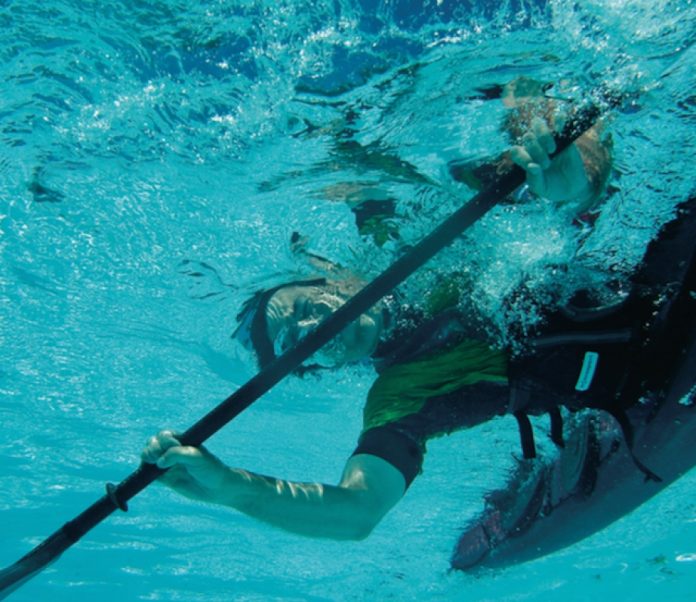

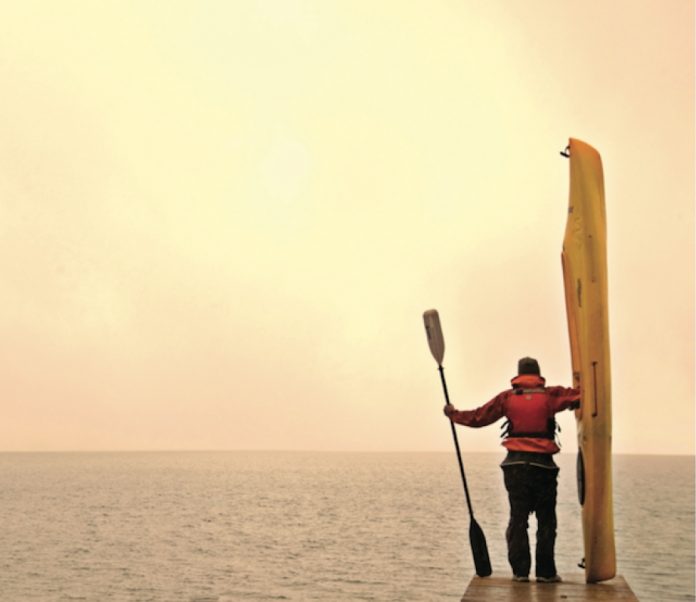

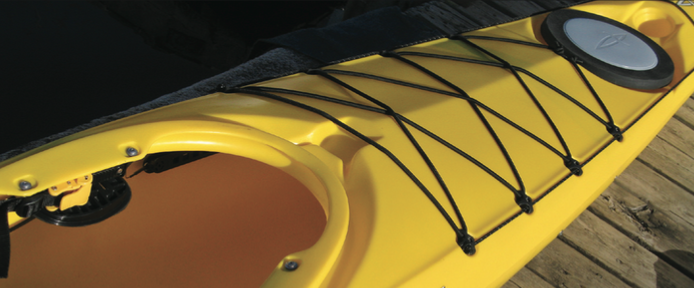
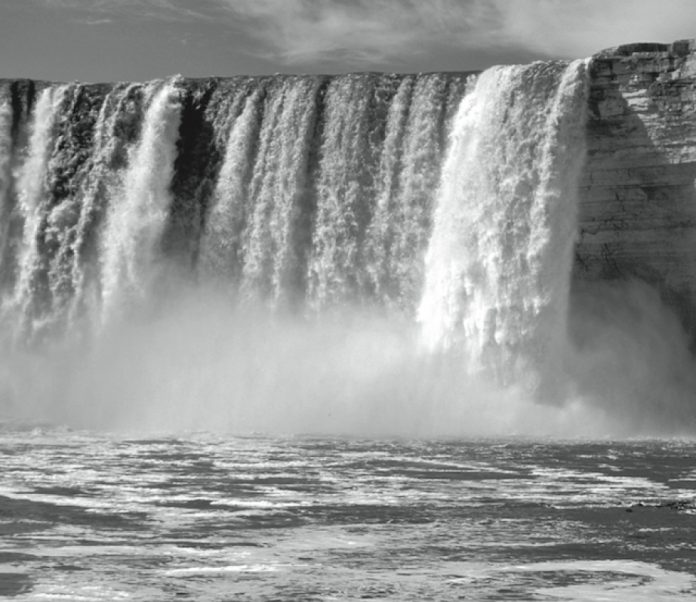
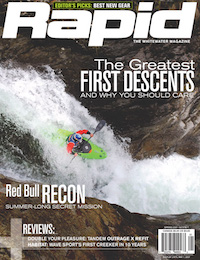 This article first appeared in the Spring 2007 issue of Rapid Magazine. For more great content, subscribe to Rapid’s print and digital editions
This article first appeared in the Spring 2007 issue of Rapid Magazine. For more great content, subscribe to Rapid’s print and digital editions 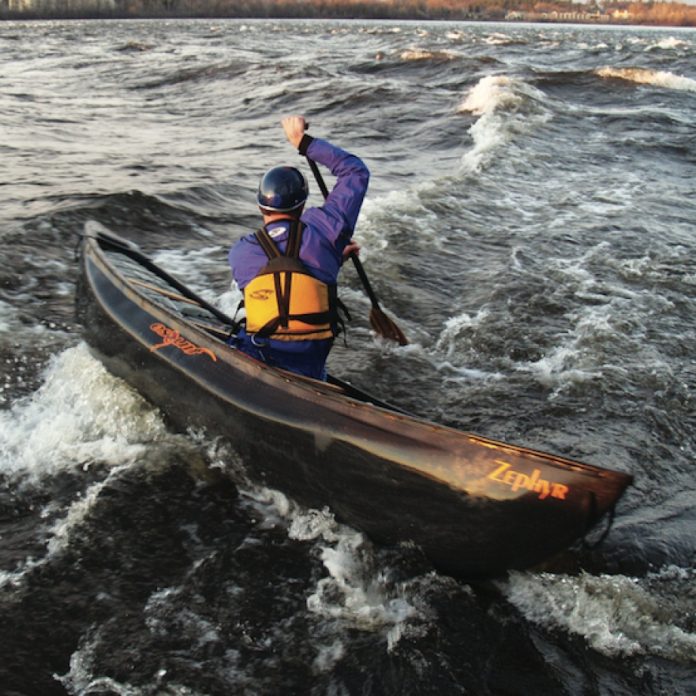
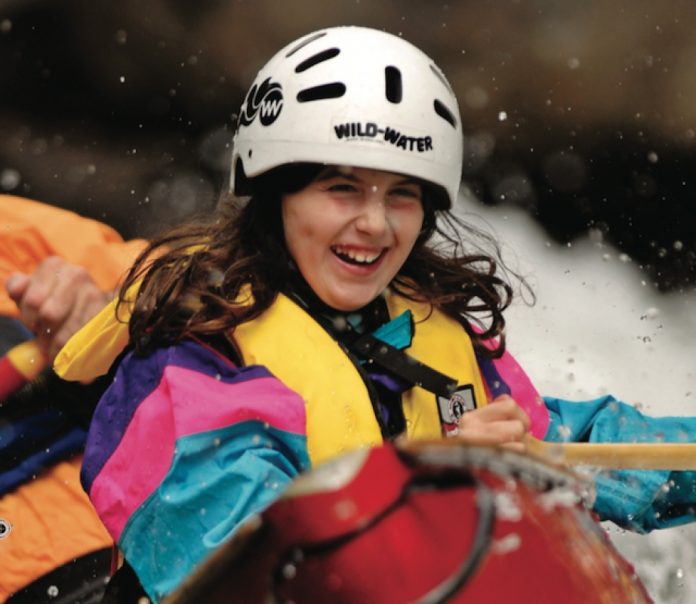
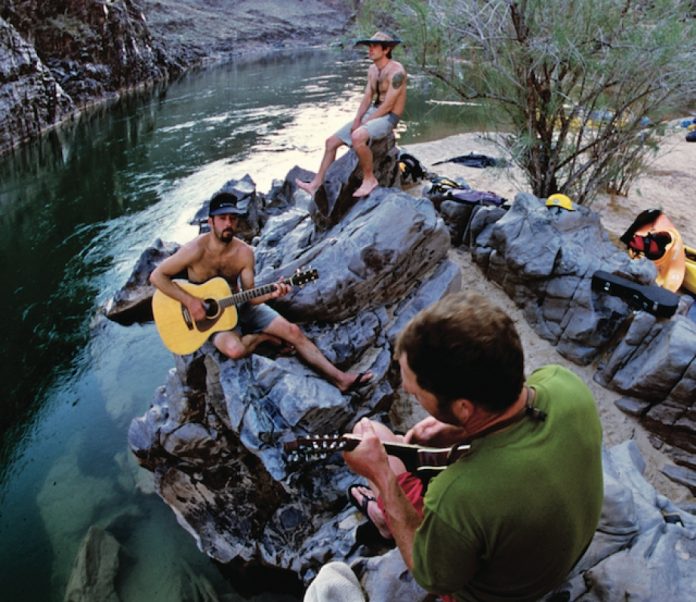
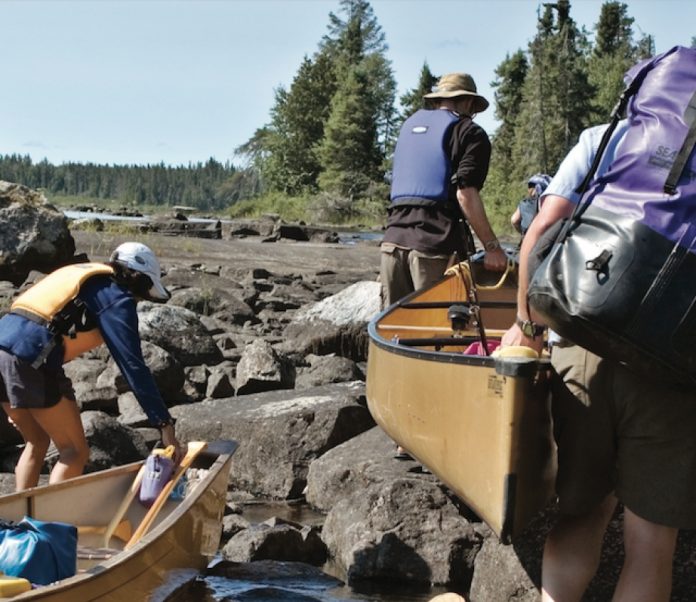
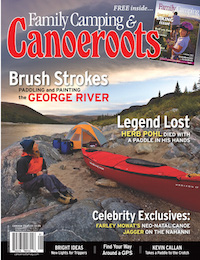 This article first appeared in the Spring 2007 issue of Canoeroots Magazine. For more great content, subscribe to Canoeroots’ print and digital editions
This article first appeared in the Spring 2007 issue of Canoeroots Magazine. For more great content, subscribe to Canoeroots’ print and digital editions 